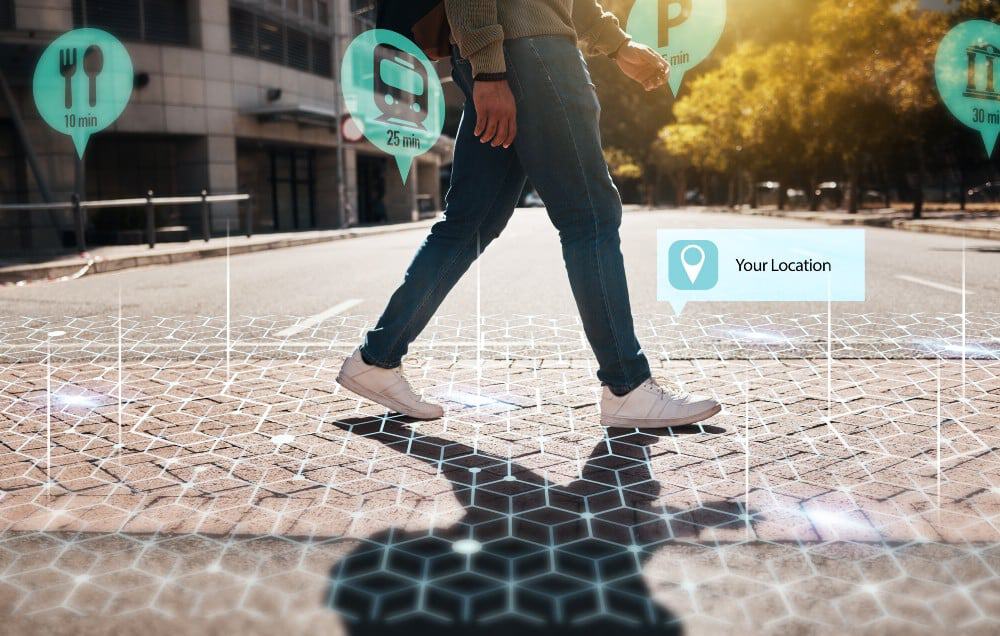Are you tired of constantly chasing new leads while struggling to keep your existing customers happy and engaged? The answer lies in customer lifetime value loyalty programs.
Rewards, exclusive perks, and other personalized incentives can help you retain a loyal customer base that keeps coming back for more. Understanding customer lifetime value can help boost your bottom line and drive repeat business.
What exactly is customer lifetime value? And, why should any business care?
Customer lifetime value or CLV is the estimated monetary amount a customer would spend on a business’s products or services over an entire lifetime of purchase history. Simply put, it’s the total value that a user will bring to a business over his/her customer journey with a business.
By understanding the customer lifetime value of customers, businesses can identify their most valuable customers and optimize marketing and retention efforts to fit customers’ preferences. Plus, by targeting customers with personalized offers, businesses can boost repeat purchases and increase overall revenue, leading to long-term growth and success.
How to Calculate Customer Lifetime Value or CLV?
The basic formula for calculating Customer Lifetime Value (CLV), also known as Customer Lifetime Revenue (CLR), can be expressed as follows:
CLV = (Average Purchase Value) × (Average Purchase Frequency) × (Customer Lifespan)
Let’s say Mr. Brown owns a cafe and an average customer spends $10 per visit. On average, customers visit his shop twice a week, so that’s a total of 104 visits per year.
If the average customer regularly visits the cafe for three years, then the total revenue generated by the customer is:
$10 x 104 visits per year = $1040 per year
$1040 per year x 3 years = $3120
So the CLV of an average customer is $3,120. This means that each customer, on average, is worth $3,120 to Mr. Brown throughout their relationship with the cafe.
How do Customer Lifetime Value Loyalty Programs Help Businesses?
Any business must value the three Rs of customer loyalty — retention, repeat, and referral. These Rs hold the key to developing a loyalty program to unlock the power of customer loyalty for the long haul. Retention of existing customers is a fundamental marketing goal of any business, and this is where loyalty programs come in handy. Loyalty programs are like a golden ticket that takes any customer on a journey of perks, rewards, and exclusive experiences.
Free upgrades, access to exclusive events, and VIP treatment make jet-setters feel as if they’re part of an elite travel club with the best customer experience. First and foremost, loyalty programs are designed to help you sail on the high seas of customer loyalty. When customers feel valued, they will keep coming back to your business and recommend you to others.
The benefits of a loyalty program can go beyond free upgrades or early check-ins. You can increase customer retention and encourage repeat purchases to boost your revenue and maximize your profits.
Additionally, with immediate access to valuable customer data, any business can draw insights and make informed decisions. With the advancement in machine learning, it gets easier for a business to tweak marketing and customer retention strategies.
Is There More Than One Type of CLV Loyalty Program?
Yes! Generally, three different types of loyalty programs can be implemented to encourage customers.
First up, we have the most common and widely used — points-based programs. In this structure, customers earn points with every purchase and redeem them later for discounts, freebies, store credit, or even cashback.
Secondly, there are tiered programs, which allow you to rise through the ranks based on the money spent.
Lastly, we have value-based programs, rewarding each customer by their CLV to each business. This is determined based on the money they have spent, the frequency of their purchases, and the amount of brand loyalty they show throughout the customer journey. The rewards may include personalized travel packages or free upgrades to first-class and many more options.
To learn more about developing engaging and rewarding business loyalty programs, visit arrivia.
If you want your loyalty program to be a blockbuster, you need to design it right. Know your audience. This means maintaining information about buyers’ preferences, shopping patterns, and spending habits. Sequentially, make sure a loyalty program is aligned with your business objectives. And last but not least, make those rewards worth it! Any reward should be relevant and enticing to the customers to watch that loyalty grow.
How to Measure the Success of a CLV Loyalty Program
Measuring the success of your loyalty program is more than just patting yourself on the back; it’s more like taking the temperature of your business. It’s about using valuable data to drive your decision-making to refine your program. You can always keep track of key metrics to identify areas where your program is falling short and make timely changes to maximum ROI.
CLV loyalty programs are built to drive repeat business, but how do you measure the success of your program?
You need to be diligent and active about certain Key Performance Indicators (KPIs) to understand and figure out the areas of improvement. Some of the most common KPIs for any loyalty program include a customer retention rate, which calculates the number of customers who continue to do business over the long term.
Another important KPI is a repeat purchase rate, which computes the frequency of repeat purchases. Furthermore, a business can focus on an average customer value which simply means the average amount of money spent by a customer over a period.
Are you looking for some tips to determine the success of a loyalty program? First and foremost, a business must establish clear objectives for the loyalty program, which means identifying target goals and defining outcomes.
Once goals have been established, a business should analyze relevant data to draw insights about the performance of a program. Ultimately, it’s important to use these insights and optimize a program for maximum effectiveness. This may involve making changes to your program structure, perks, rewards, or even marketing channels.

Useful Tips for Effective Loyalty Program Implementation
Effective loyalty program implementation offers several benefits to businesses including an increase in customer engagement, boosting CLV, repeat business, and customer loyalty.
Loyal customers are more likely to become your brand advocates and spend more, which can help to boost revenue and also increase brand awareness. The biggest advantage of an effective loyalty program remains to get an edge over competitors in a tough market. It can be a powerful tool in your marketing arsenal to drive sales and build lasting relationships with your customers.
The businesses can promote the loyalty program through multiple marketing channels and provide clear program-related information. Plus, the businesses should also make sure the reward program is easy to join and subscribe to. This includes having a user-friendly interface, round-the-clock accessible customer support, and clear details of redeeming rewards.
Moreover, businesses must communicate with users to keep them informed about new rewards, updates, and other relevant information through email newsletters or even social media. Overall, effective loyalty program implementation requires a thoughtful and strategic approach and must continually evolve to meet the changing needs of customers.
Arrivia: The Leader in Customized Loyalty Programs
Arrivia is the best choice for personalized loyalty programs because of our commitment to providing customized solutions that meet the unique demands of each business.
With our array of program solutions, including tiered or point-based programs, and expert support, we offer the flexibility to develop loyalty programs that align with your business objectives and encourage customers to keep coming back for more.
For expert guidance or to learn more about arrivia’s travel loyalty platform, request a demo here.



